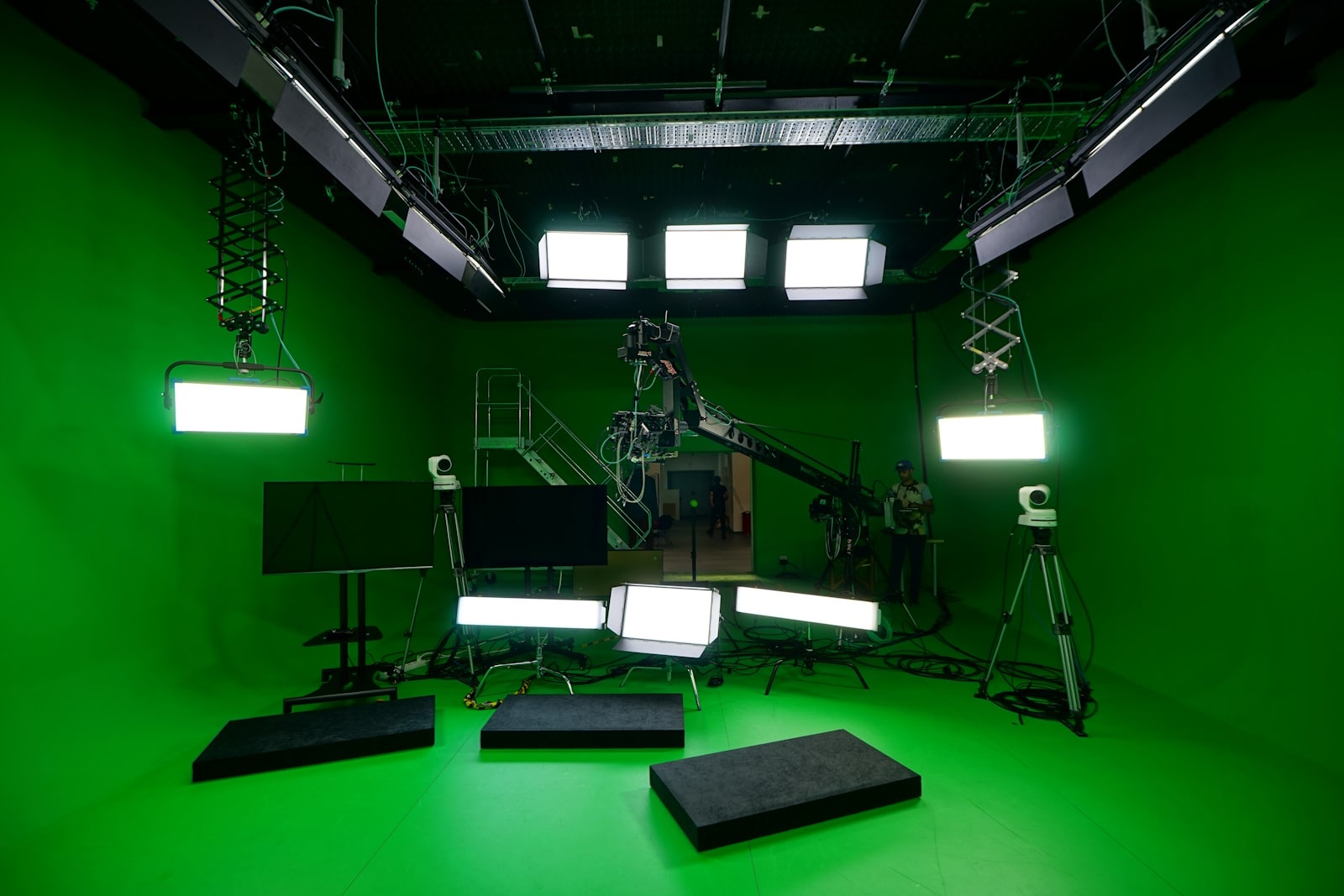
Volumetric Video Capture in Video Production Firms
Volumetric video capture represents a groundbreaking leap in how video content is created and experienced. By recording three-dimensional spaces in a way that preserves the depth, texture, and motion of subjects from every angle, this technology allows viewers to engage with content far beyond the flat images of traditional video. For video production firms, mastering volumetric capture opens the door to innovative storytelling and immersive experiences that resonate more deeply with audiences.
This technique not only enhances viewer engagement but also introduces new creative possibilities for commercial production. As the demand for immersive and interactive content grows, volumetric video capture is becoming an essential tool for video production firms seeking to stay ahead in a competitive market.
What is Volumetric Video Capture?
Volumetric video capture is a method of recording real-world scenes and objects in three dimensions, capturing every detail from multiple viewpoints simultaneously. Unlike conventional video, which is limited to a fixed perspective, volumetric video creates a dynamic 3D model of the subject. This allows viewers to explore the captured content from any angle, simulating a lifelike presence that traditional screens cannot replicate.
The core strength of volumetric capture lies in its ability to preserve six degrees of freedom (6DoF), meaning the audience can move around and inspect the subject spatially in a virtual environment. This capability transforms passive viewers into active participants, creating a far more engaging and interactive experience.
How Volumetric Capture Works
At the heart of volumetric capture is an array of multi-camera rigs arranged around the subject to record simultaneous footage from every angle. These cameras work in concert with depth sensors that measure distances within the scene, creating detailed 3D spatial maps. This combination of colour and depth data is then processed with specialised software to reconstruct a realistic volumetric video.
The resulting data-heavy output undergoes further optimisation to ensure smooth playback across compatible platforms such as virtual reality (VR) headsets, augmented reality (AR) devices, and even standard mobile screens. By blending hardware and software innovation, volumetric video capture transforms physical performances into interactive digital experiences.
Applications in Commercial Production
Volumetric video capture is increasingly being adopted across commercial sectors due to its ability to offer immersive and novel ways to present content. In advertising, brands harness volumetric videos to create interactive ads that allow consumers to explore products in three dimensions, boosting engagement and brand recall. Retailers use this technology to offer virtual try-ons, letting customers visualise clothing or accessories on themselves without physical trials.
In real estate, volumetric walkthroughs provide potential buyers with immersive, remote tours of properties, delivering a much richer sense of space than photos or traditional videos. Additionally, companies employ volumetric capture for product demonstrations, enabling customers to examine details and features up close, driving informed purchasing decisions.
Benefits Over Traditional Video
Compared to conventional 2D video, volumetric video offers a significantly richer viewer experience. It enhances engagement by encouraging interaction, which helps retain attention and create memorable impressions. The immersive nature of volumetric content fosters a feeling of presence, making viewers feel as though they are inside the scene rather than merely watching it.
Moreover, volumetric videos offer unprecedented interactivity, allowing users to control their viewpoint or interact with virtual objects within the content. For video production firms, this means the ability to craft customised, user-driven narratives that cater to modern audiences’ expectations of media consumption.
Current Limitations and Challenges
While volumetric video capture offers immense promise, several challenges still limit widespread adoption. The initial cost of establishing multi-camera setups and procuring depth-sensing equipment is substantial, making it a significant investment for video production firms. Additionally, the capture and processing workflows require highly specialised expertise, increasing the technical complexity of projects.
Another major hurdle is the vast amount of data generated during volumetric recording, necessitating robust storage and high-performance computing resources to manage and edit content efficiently. Finally, compatibility issues remain as not all devices currently support volumetric playback, which restricts accessibility and limits audience reach.
Future Trends and Market Potential
The market for volumetric video capture is poised for rapid expansion, with forecasts projecting strong annual growth as technologies mature and become more affordable. The integration of volumetric content with AR and VR platforms is expected to revolutionise immersive entertainment, training, and commerce sectors.
As compression and streaming technologies improve, volumetric video will become more accessible across diverse devices and networks, opening new opportunities for video production firms to offer innovative content solutions. Government and industry initiatives focused on advancing digital media infrastructure will further accelerate this trend, ensuring volumetric capture becomes a mainstream production technique.
How Video Production Firms Can Adopt Volumetric Capture
For video production firms interested in leveraging volumetric video capture, a strategic approach is essential. Investing in appropriate capture hardware and developing in-house expertise or partnering with specialists can establish a robust foundation. Comprehensive staff training will be crucial to manage the technical demands of volumetric workflows and to maintain high production standards.
Equally important is educating clients about the benefits and potential applications of volumetric video. Demonstrating how this technology can enhance storytelling and audience engagement helps build demand and justifies investment. By positioning themselves as pioneers in volumetric capture, video production firms can gain a competitive advantage in the evolving digital media landscape.
Volumetric video capture is reshaping the future of commercial production by delivering immersive, interactive experiences that far surpass traditional video formats. For video production firms ready to embrace this technology, the opportunities to innovate and captivate audiences are vast. At Sound Idea Digital, we are committed to helping you harness the full potential of volumetric capture. Reach out to us today and discover how we can collaborate to create groundbreaking content that brings your vision to life.



